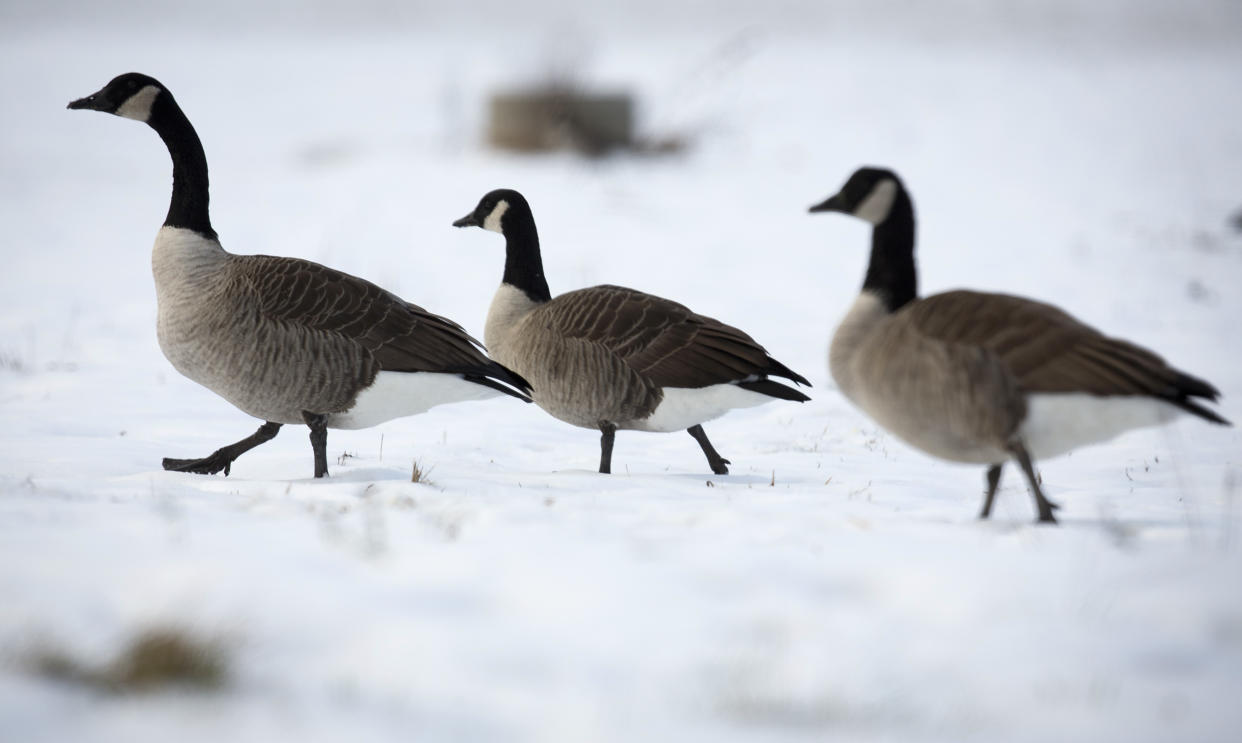Why do so many animals have same-sex relationships? Scientists might have worked it out

More than 1,500 animal species indulge in same-sex relationships - but this has always posed a puzzle for scientists.
Why have so many species evolved behaviours that result in no offspring, in what’s known as a ‘Darwinian paradox’?
But an article by researchers at the Yale School of Forestry & Environmental Studies suggests that the answer is simple.
READ MORE
Insects could die out in ‘worst extinction since the dinosaurs’
NASA satellite captures incredible beauty of UK seen from space
Why Iran’s nuclear escalation goes unchallenged
Why cybersecurity should matter to your small business
Animals have both same-sex and different-sex relationships because the same-sex relationships don’t have much effect on natural selection, and thus they aren’t ‘weeded out’ by natural selection, the researchers write in Nature Ecology & Evolution.
The researchers suggest that instead of asking, ‘Why?’ we should be asking, ‘Why not?’
Lead author Julia Monk said: ‘We propose a shift in our thinking on the sexual behaviours of animals. We're excited to see how relaxing traditional constraints on evolutionary theory of these behaviours will allow for a more complete understanding of the complexity of animal sexual behaviours.’
The researchers believe that same-sex and different-sex sexual behaviour evolved at the same time.
They don’t believe that sexual behaviours which don’t lead to reproduction will be eliminated by natural selection.
On the contrary, they suggest that same sex behaviour is not always - and maybe even seldom - very costly.
Co-author Max Lambert, a postdoctoral fellow at the University of California-Berkeley's Department of Environmental Science, said; ‘So, if you're too picky in targeting what you think is the opposite sex, you just mate with fewer individuals. On the other hand, if you're less picky and engage in both same sex behaviour and different sex behaviour, you can mate with more individuals in general, including individuals of a different sex.’
The shift could allow scientists to research and understand this behaviour, Lambert believes.
He says: ‘So far, most biologists have considered same sex behaviour as extremely costly and, consequently, something that is aberrant./ Given our casual observations suggests that SSB seems to happen pretty commonly across thousands of species, imagine what we would have learned if we had assumed this was something interesting and not just a rampant accident.’


